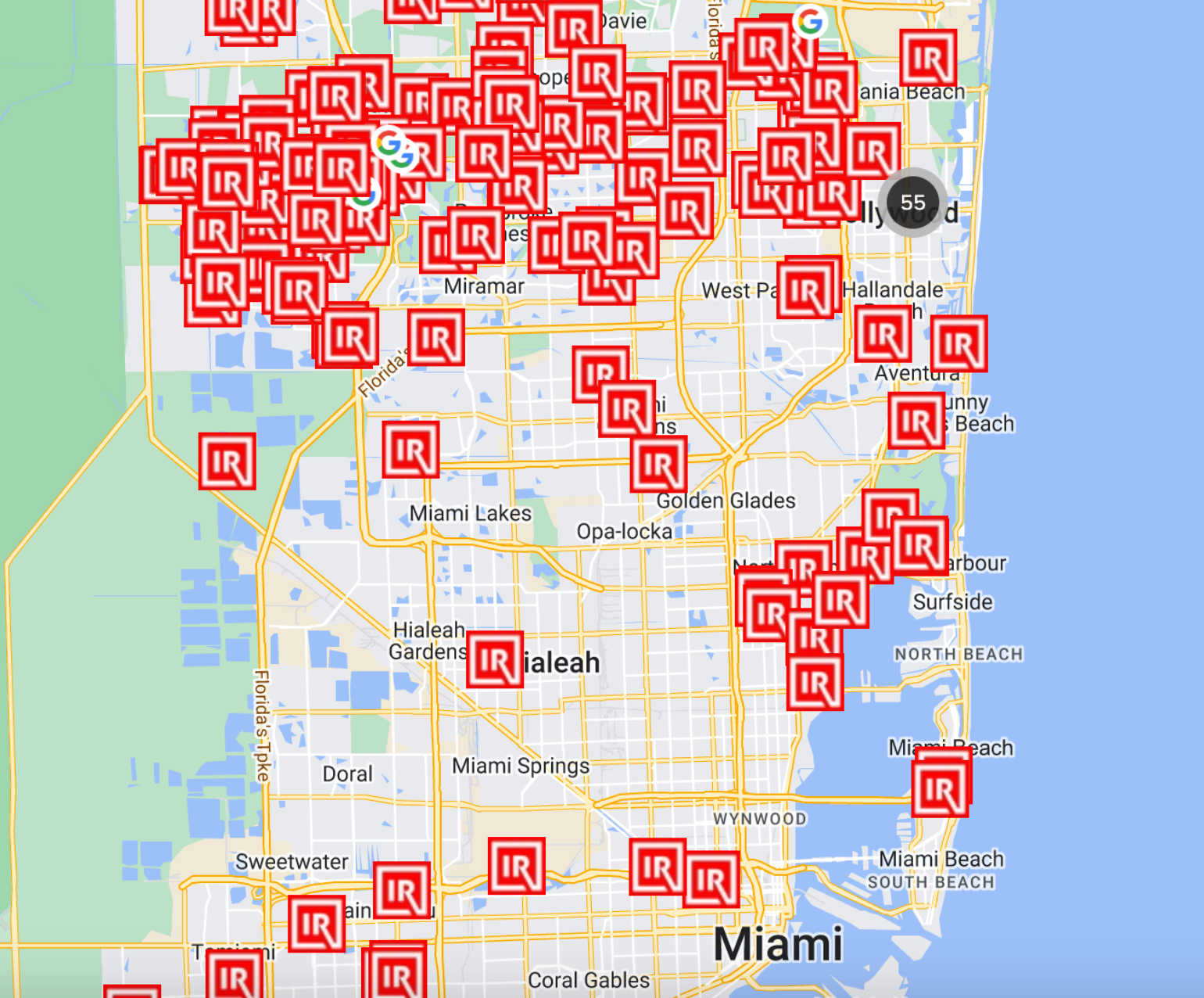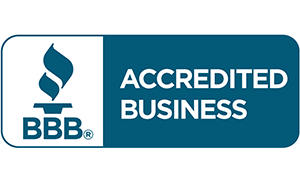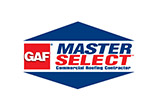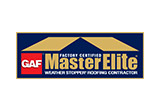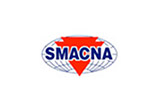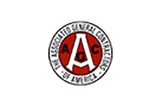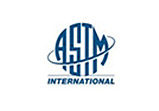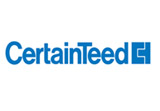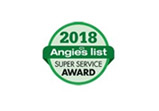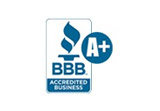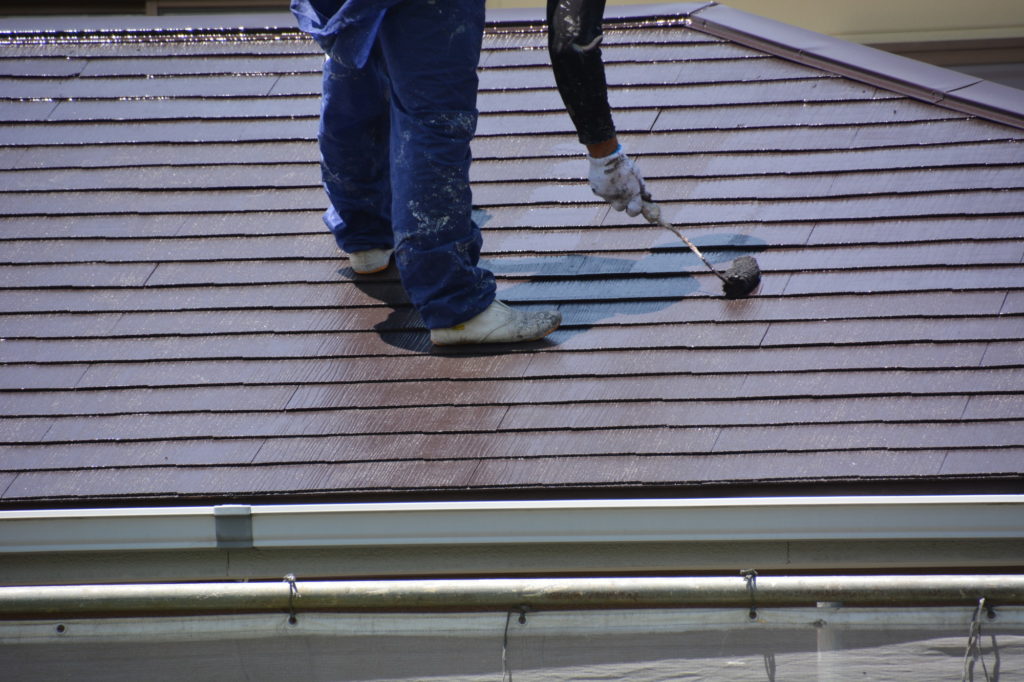
You probably want to install a flat roof because of its many benefits. These include the ease of repairs, cheapness, and more.
However, you may not have decided exactly what you want on your flat roof. There are many options for flat roof roofing. These include bitumen, membrane, and more.
Along with this, you also have the option to add a flat roof coating. If you’re unsure if it is right for your commercial building, read on. Let’s look at the different pros and cons of this roofing addition.
What Is a Flat Roof Coating?
A flat roof coating or flat roof sealant is a type of compound that roofers can apply to your roof. It usually comes in the form of a thick watery chemical. Once roofers disperse it over the surface of your roof, it sticks.
Benefits of a Flat Roof Coating
The main purpose of a flat roof coating is the same as all other flat roof roofings. It protects the lower layers of your flat roof from different dangers. These include UV rays, water, and certain weather debris.
Unlike other roofings like tar or gravel, most coatings don’t wear out as fast. This keeps your roof protected for a longer period of time. As a result, your entire flat roof system will have a longer lifespan.
In addition, flat roof coatings usually have a lighter natural color than tar or gravel. Manufacturers can also add brighter colors to the coating if you wish.
This is a benefit because lighter colors reflect sunlight better than darker ones. As a result, less of the sun’s heat will penetrate through the flat roof. Therefore, a building will a lighter roof has a cooler average temperature than one with a dark roof.
Downsides of a Flat Roof Coating
The overall water-resistance ability of flat roof coatings differs from type to type. The downsides of weak water resistance can appear once water begins pooling on top of a roof.
After sitting on the surface of a flat roof for a long time, water can slowly wear away a roof coating. This can allow it to penetrate the coating. If the layer below isn’t properly sealed, it will then leak into the building.
Another issue is the reflective ability of the roof. As mentioned, a lighter coloring is necessary to keep heat and light away from a building. While roof coatings often have this ability at the start, for some it can worsen with time.
Dirt, dust, and other particles can easily get stuck on top of some roof coatings. This can darken the color of a roof. As a result, it will absorb light and heat more easily.
In addition, this can take away from the aesthetic attractiveness of your roof. This will not only make your building look unprofessional, but also reduce its value.
Types of Flat Roof Coatings
There are also many types of flat roof coating for commercial buildings. These often differ based on the materials used to make the coating. Each one of these has its own pros and cons.
Acrylic Coating
Acrylic is a form of plastic that is often used in place of glass. In contrast to glass, it is lighter, stronger, and more flexible.
The first quality makes it less likely to cause stress to the structure of the roof. With the second one, it can act as a great protectant against hail and other debris. The final one makes it able to flex without cracking as a flat roof moves in response to various conditions.
In addition, its glasslike appearance can reflect much of the sun’s UV rays. This can prevent the roof’s color from fading. It also reduces the roof’s average surface temperature when in direct sunlight.
However, this roofing type does have some downsides. Roofers cannot apply this type of roof coating in freezing temperatures. In addition, it is one of the coatings that struggles to resist pooling water.
Acrylic also doesn’t offer much in terms of fire resistance. When faced with high heat, it often melts.
Silicone Coating
Silicone is a kind of hybrid between synthetic rubbers and plastics. Along with being used to make spreadable liquids, it is also used to make flexible rubbery items. Qualities of silicone include malleability as well as water and temperature resistance.
Along with this, the silicone flat roof coating benefits are many. It has significant resistance to ponding water and doesn’t become brittle over time. It also isn’t prone to any of the effects of oxidation.
A few downsides of this material are as follows. The first is that roofers cannot apply most other materials on top of a silicone coating. The second is that silicone comes at an expensive price.
The third is that this is the roof coating type that often gets dust and dirt stuck on the surface.
Polyurethane Coating
Polyurethane is another type of plastic polymer. Experts claim that this coating has the best impact resistance of all coating types. Roofers often apply it to a roof in two layers that both provide different benefits.
One added benefit of polyurethane is its insulation properties. Manufacturers often use it in building insulation materials to keep cold temperatures out. If your building is in a cold climate, you can save on building heating with a polyurethane coating.
In addition, polyurethane is highly resistant to fire. If you live in a fire-prone area, a coating with this type of material can put your mind at ease.
Have Us Install Your Flat Roof Coating Today
As a final tip, remember that the effectiveness of your roof coating isn’t just in the materials that make it. The skill and quality of the roofers that install it is also a factor. Therefore, be sure to choose a roofing company that will fulfill all your needs carefully.
While you’re doing that, consider hiring our flat roof coating installation services. Our highly qualified team offers coating installation in the South Florida area. Our services come 100% satisfaction guaranteed.
Contact us today for a free quote.



